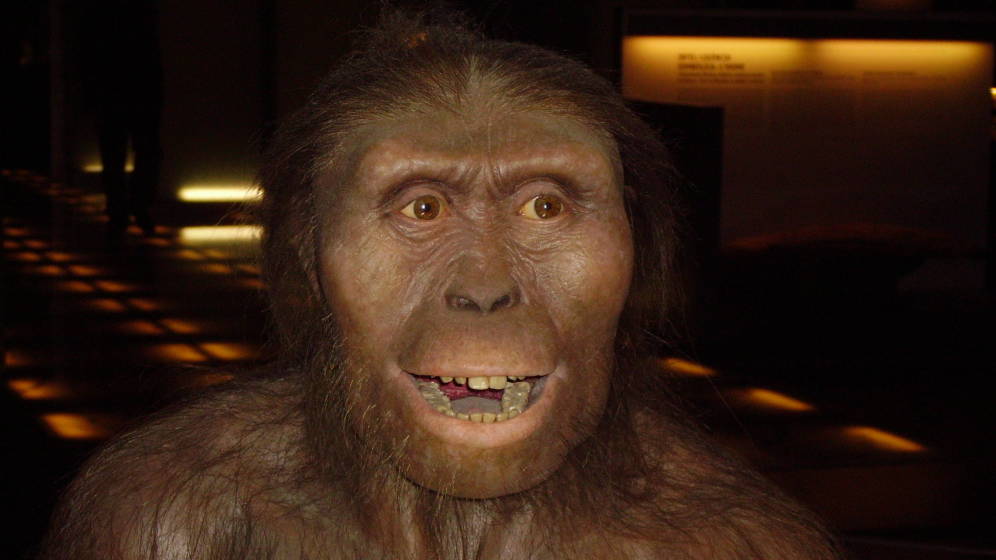Let me introduce you to Lucy, one of our oldest ancestors, the australopithecus afarensis. Lucy was discovered in 1974 in Hadar, today’s Ethiopia, and thanks to the hundreds of little bone fragments that were unearthed, it was possible to determine that she was either a direct ancestor or an extremely close specimen. That’s the reason we call Lucy a hominid.

One of the many aspirations of SCRUM as an agile technique, is to have a finished product after every single sprint, so that the potential to go live is real. This promise is based upon the fact that, having prioritized the product backlog in terms of business value and enjoying a functional demo at the end of every sprint, in theory we could publish the result as it is and see what happens…
To be honest, this early go-live stage doesn’t happen very often and it typically uses up all the available project time. This reality makes the practicality of certain processes and habits quite hard, since its overhead cost seems unjustified unless there is a real go-live event.
Lucy is a simulated go-live event at an early development stage. Elsewhere, we see some people speak of picking a milestone at ⅓ of the whole project schedule, others link this to the vague “core” or “functional prototype” concepts and very often people prefer to wait until the MVP.
Lucy, as our old ancestor, was a complete being, capable of surviving, breeding and evolving on its own. You might look at it and consider it “ugly” but at that time, Lucy was a completely viable hominid, able to evolve into the very arrogant Homo Sapiens but with all options open at that time.
What are Lucy’s benefits?
Business-wise, the ability to visualize an early build is very valuable. It’s a good time to change one’s mind and see the rest of the product backlog with a critical eye. Lucy, through its descendants (sprints) has the possibility to evolve into almost anything but that freedom is most solid if we make rapid contact with Lucy.
Development-wise, it enforces best practices from the beginning. The CI/CD tests and processes, zero-tolerance to errors and technical debt aversion will show up much earlier in the whole lifecycle. Look at these issues as diseases or metabolic disorders that might leave Lucy with an extremely short life expectancy.
Operations-wise, a first taste of release documentation, scalability challenges and servers and network requirements. Since Lucy represents a secret go-live event, you can picture it as a wildlife refuge, where Lucy is not actually (yet) freed into the wild, not until we’re sure she will be able to survive on her own.
What happens after Lucy?
Besides enjoying a tangible reward, Lucy is only the first step towards the “final” product. It’s vital that you keep Lucy’s descendants as healthy, like a safety net of sorts. This safety net is not only a collection of habits and techniques that will prevent inadvertent havoc from happening but also the early view of a product for relevant stakeholders, facilitating a much more mature Scrum dynamic.
For your next project, ask yourself this question. Can I imagine a Lucy in it? If so, make sure it’s part of the project agreement, to reach Lucy status as soon as possible and then see where it takes you. Be ready to be very surprised.
